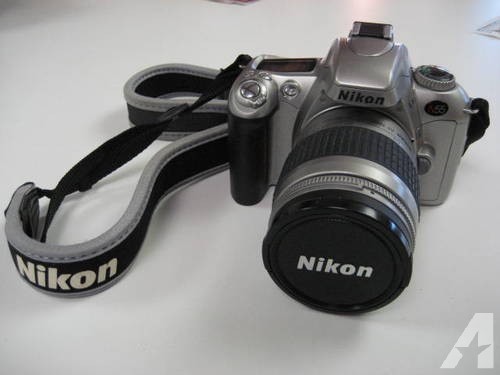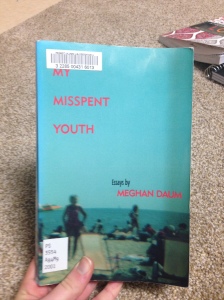This blog is a final reflection on the course.
What did you like?
- “Create a blog and use it to reflect on class topics”
- I enjoyed this component of the class the most. Because class discussion was limited, the blogs gave me the opportunity to further explore the topics discussed in class. They inclined me to better understand and think critically over the nuances and details of broader concepts. The reflection spurred by blogs gave meaning and purpose to the concepts because they primarily focused on personal application or response.
- Integration of media into class presentations
- Incorporating videos into class presentations kept me engaged, alert, and responsive to the subject matter. In some cases, the video brought to life and exemplified class terms.
- Broad overview of the fields of mass communication and computer science
- Over the course of the semester, we studied journalism, advertising, public relations, photojournalism, graphic design and video. By exploring these specifications in these fields, I gained a better understanding of what in journalism particularly interests me.
What didn’t you like? What do you suggest?
- Absence of discussion
- Although there were a few class discussions (after watching an episode of Black Mirror and the James Foley documentary), the overall lack of class discussions was disappointing to me. I would have liked to have heard more of the opinions of my peers.
- Lack of class activities
- The class could benefit from varying the ways in which students consume information. Although the class lectures and presentations were interesting and suited my learning style, it is likely that not all the students found the material quite as interesting or share my particular learning in learning style. Incorporating class activities from time-to-time might engage more students.
Thank you Dr. Zuegner for a delightful semester! I thought that this class was wonderfully instructed; your lecture style is quite engaging, charismatic, and informative. Beyond adhering to the class objectives, you brought the entire class girl scout cookies and helped me discern my future in journalism. I look forward to taking more classes from you in the future!






